
Ingredient
Gelling agent
The Magic of Gelling Agents
Gelling agents are substances that have the ability to form a gel when combined with a liquid. They can be derived from natural sources, such as agar-agar, gelatin, or pectin, or produced synthetically, like carrageenan or xanthan gum. These ingredients are used in a variety of recipes, including desserts, jams, jellies, and even savory dishes, to create a firm and cohesive texture.
Origins and history
The use of gelling agents dates back centuries, with agar-agar being one of the oldest known gelling agents, originating in Japan. Gelatin, derived from animal collagen, has been used for centuries in culinary applications. Pectin, extracted from fruits, has been utilized in preserving and gelling recipes for centuries as well. Over time, new gelling agents have been developed to cater to specific dietary needs and preferences.
Nutritional information
The nutritional information of gelling agents varies depending on the specific type used. Agar-agar, for example, is low in calories and a good source of fiber. Gelatin contains protein but lacks other significant nutrients. Pectin is high in fiber and may offer some health benefits, such as aiding digestion.
Allergens
Gelling agents derived from animal sources, such as gelatin, may pose allergenic risks for individuals with specific dietary restrictions or allergies. It is important to check the source of the gelling agent and opt for alternatives if necessary.
How to select
When selecting gelling agents, consider the specific recipe requirements and desired texture. Different gelling agents have different setting temperatures and gel strengths. Additionally, some gelling agents may require specific preparation methods, such as blooming in cold water or heating to dissolve completely.
Storage recommendations
Gelling agents should be stored in a cool, dry place away from moisture and direct sunlight. Follow the specific storage instructions provided on the packaging, as different gelling agents may have varying requirements.
How to produce
Producing gelling agents at home is not feasible, as they require specialized processes and ingredients. However, amateur cooks can experiment with different gelling agents to create unique textures and flavors in their recipes.
Preparation tips
To use gelling agents effectively, follow the recipe instructions carefully, as the amount and method of incorporation can vary. It is important to dissolve powdered gelling agents completely in the liquid before heating, and to avoid overcooking, as it can affect the gelling properties. Additionally, consider the acidity of the ingredients used, as it can impact the gelling process.
Substitutions
There are various substitutions available for gelling agents, depending on the desired outcome. Agar-agar can be substituted with gelatin or pectin, although the texture and setting temperature may differ. Vegetarian alternatives, such as carrageenan or xanthan gum, can be used instead of gelatin. Pectin can be substituted with other fruit-based gelling agents, such as apple or citrus pectin.
Culinary uses
Gelling agents are widely used in the culinary world to create a variety of dishes. They are commonly used in desserts, such as jellies, mousses, and panna cotta, to achieve a smooth and firm texture. Gelling agents are also used in the production of jams, preserves, and fruit fillings to create a thick and spreadable consistency. Additionally, they can be used in savory dishes, such as terrines or aspic, to bind ingredients together and add structure.
Availability
Gelling agents are readily available in grocery stores, specialty food stores, and online retailers worldwide.
More ingredients from this category » Browse all

Preservative
Preserving the Goodness: Unveiling the World of Food Preservatives
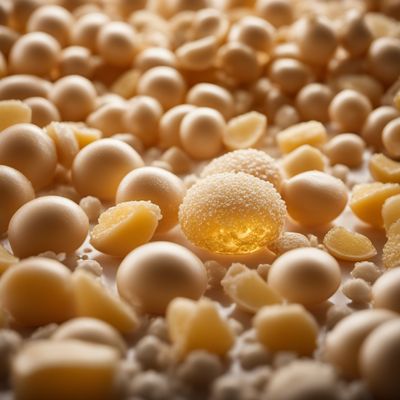
Anti-foaming agent
The Silent Hero: Taming the Bubbles in Your Culinary Creations

Binding agent
The Glue of Culinary Creations: Unveiling the Power of Binding Agents

Antioxidant
"Nature's Defense: Unleashing the Power of Antioxidants"
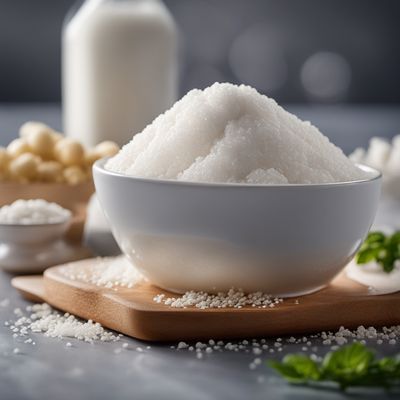
Emulsifying salts
The Magic of Emulsifying Salts

Raising agents
The Magic Behind Culinary Rise: Unveiling the Secrets of Raising Agents
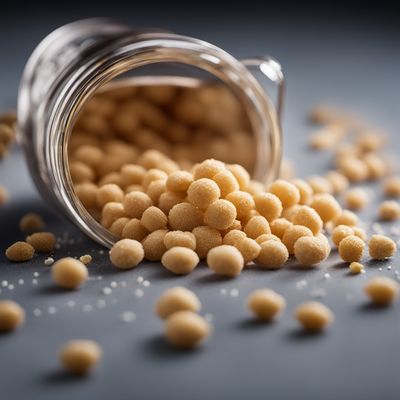
Modified starch
The Versatile Transformations of Starch
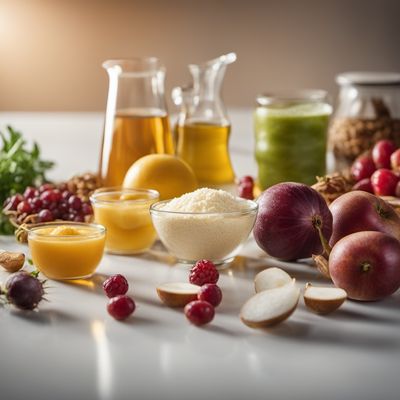
Acidity regulator
The Balancing Act: Understanding Acidity Regulators

Thickener
The Art of Creating Perfectly Thickened Delights

Glazing agent
Enhancing Food Appeal

Flavour enhancer
The Magic of Umami
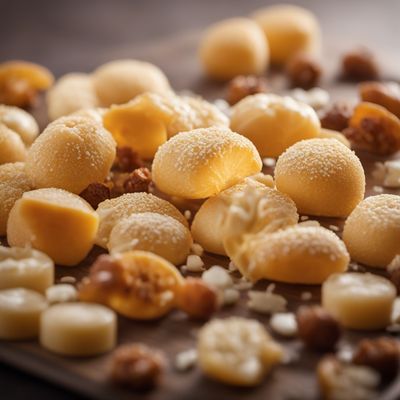
Anti-caking agent
The Secret Ingredient: Unveiling the Magic of Anti-Caking Agents